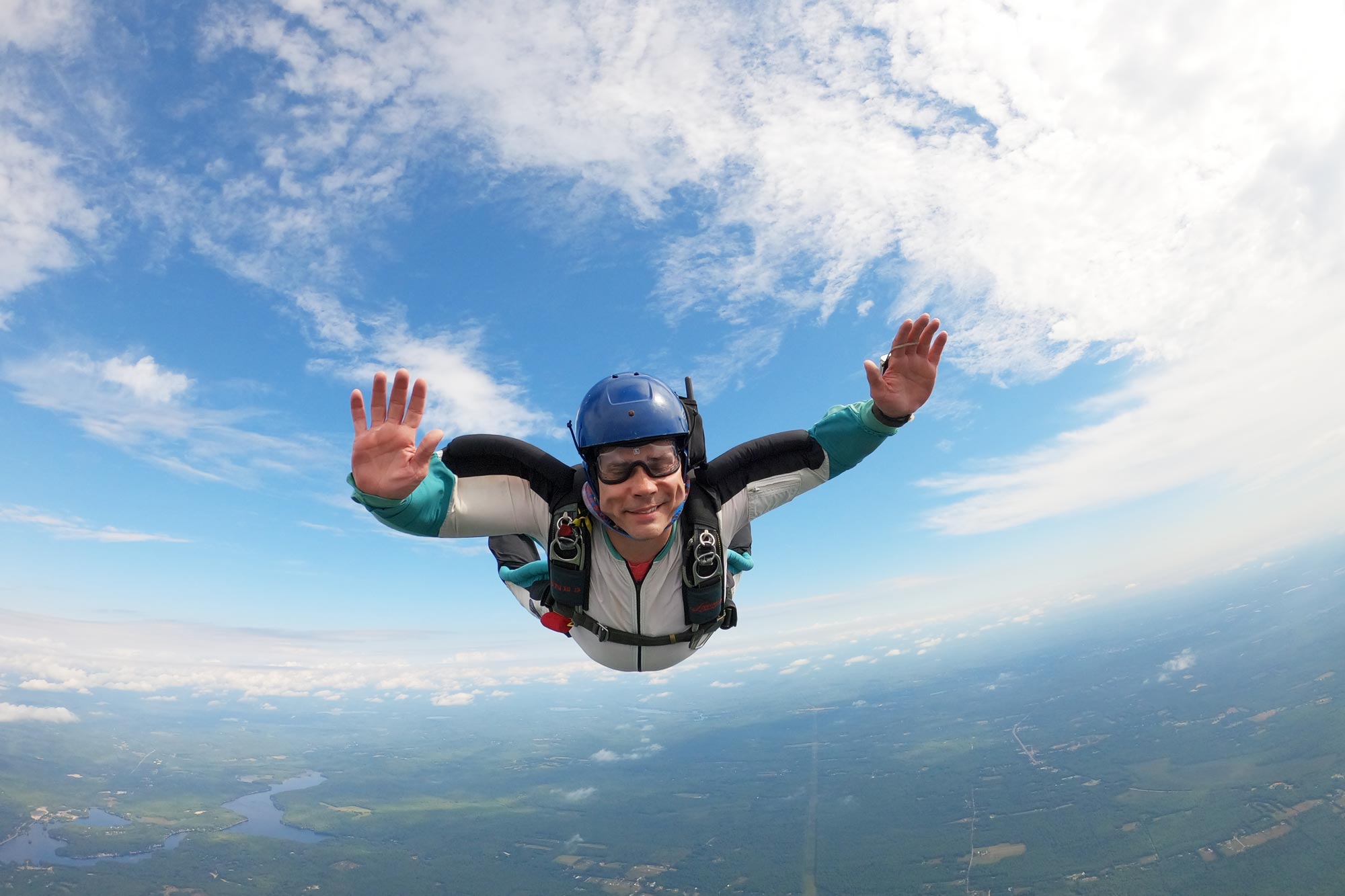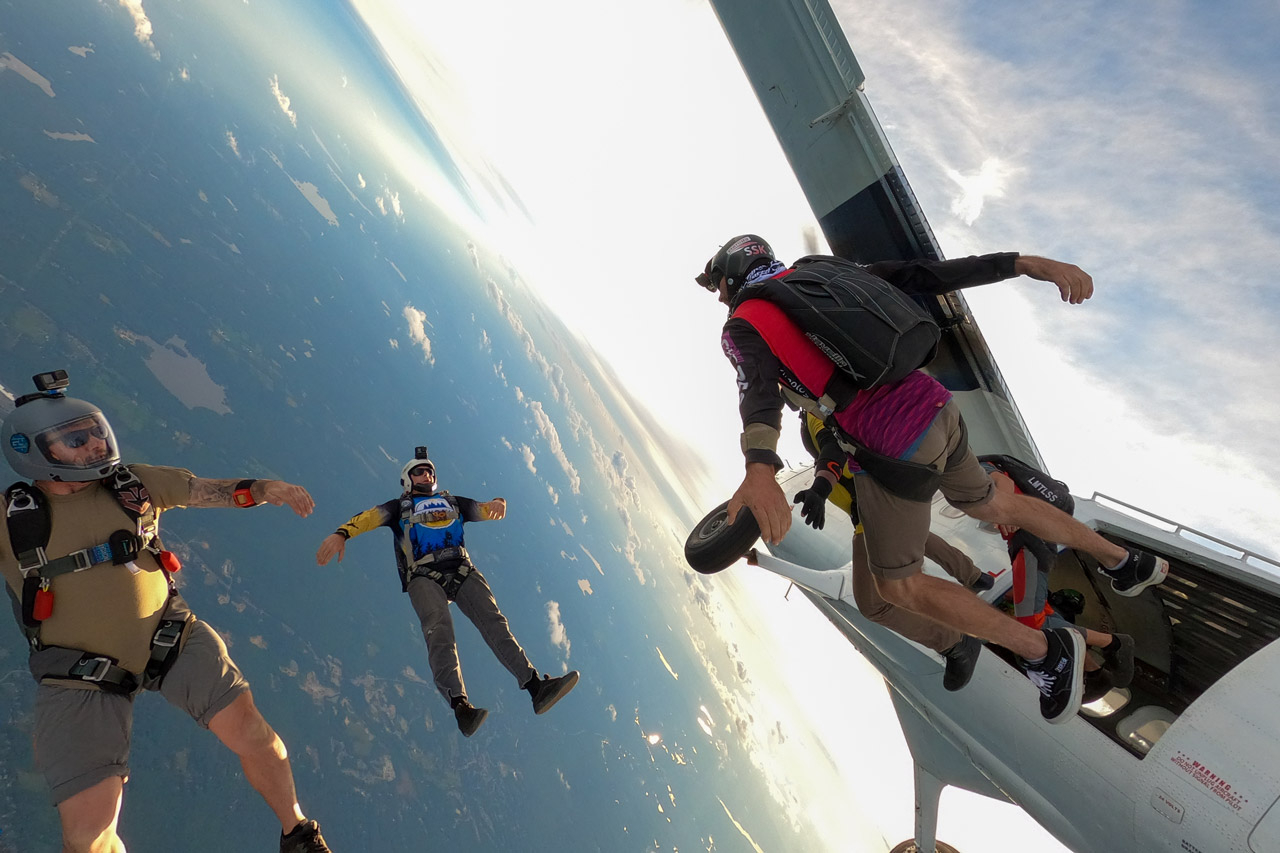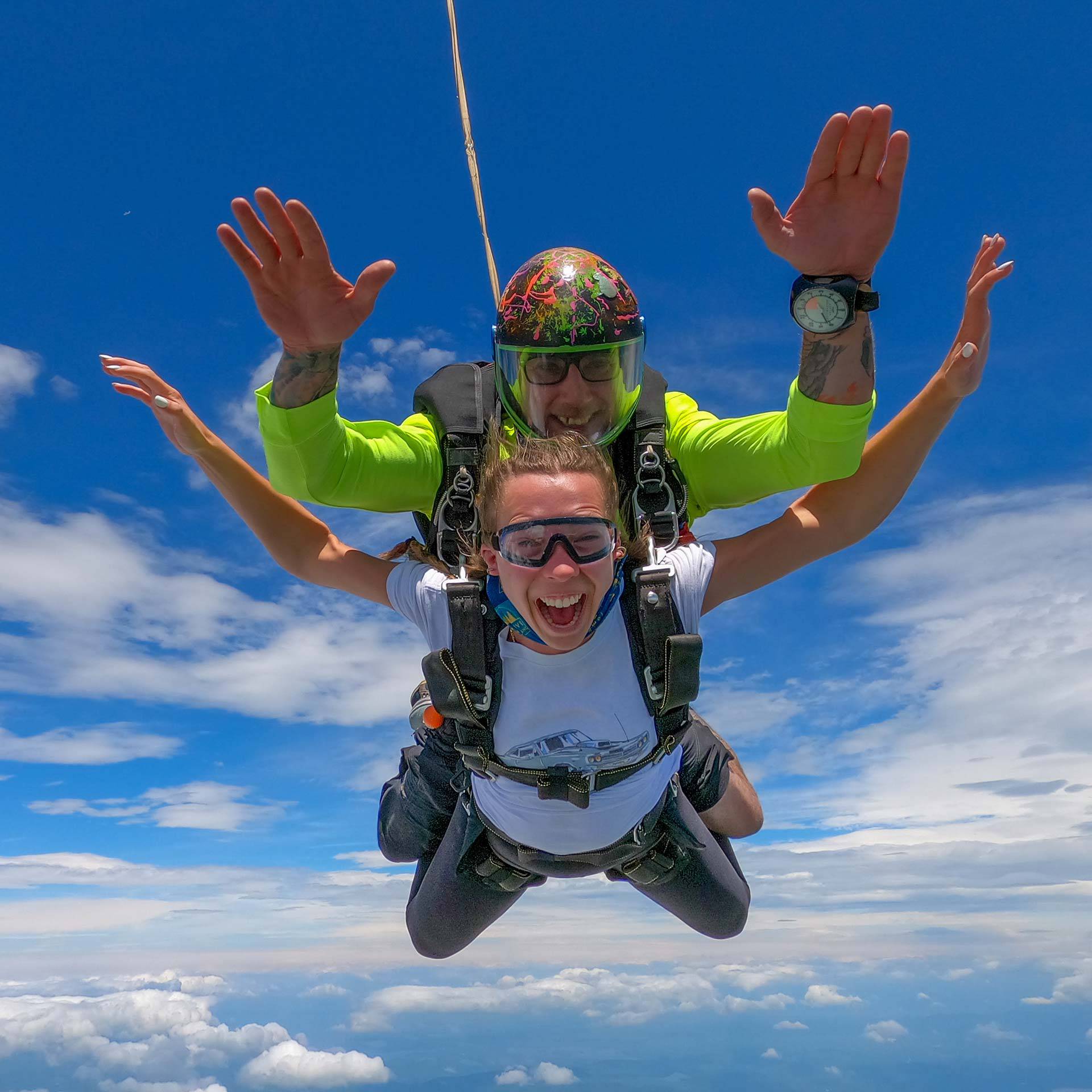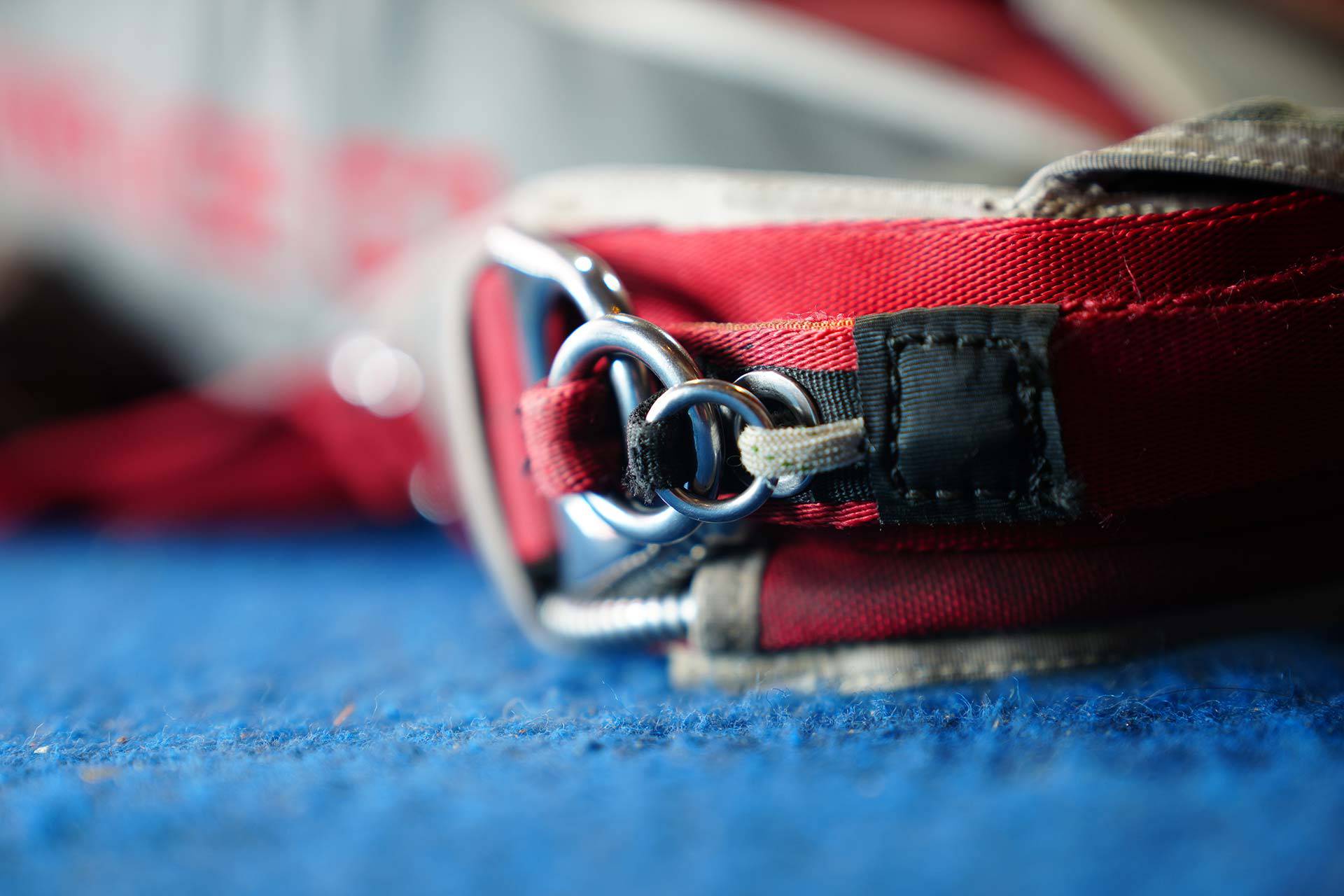HALO Skydiving and High Altitude Jumps Explained
Blog
Posted by: Laura Morris
10 months ago
If you enjoy extreme sports, it makes sense to seek out the most extreme version of those extremes. And HALO skydiving, or high altitude skydiving, definitely falls into that category. Sometimes called HALO, high altitude jumps, or parachute HALO, this form of skydiving takes the traditional jump and pushes it even harder.
What is a HALO jump? HALO skydiving is a specialized discipline developed by special forces units during the Korean War. These jumps were used as a means for soldiers to quickly infiltrate enemy territory from high altitudes while minimizing the risk of detection. And it’s still an important part of military operations – Navy SEALS do HALO jumps today, for example.
Over the years, HALO jumps found their way into civilian skydiving and have become a source of excitement for sport jumpers. Read on to learn all about HALO skydiving!

What is a HALO Jump in Skydiving?
What does HALO mean in skydiving? HALO is an abbreviation for a pretty literal description of what happens on the jump: High Altitude Low Opening.
“High altitude” refers to the higher-than-normal exit altitude, and “low opening” means parachute deployment happens comparatively lower than where the jumper exited. “Low” doesn’t actually mean low. Even on HALO jumps, skydivers still deploy at a conservative altitude like any other jump.
So, what differentiates HALO skydiving from traditional skydiving? The biggest difference between a HALO skydive and a typical jump is exit altitude. Most civilian skydives exit from 15,000 feet and below, but HALO jumps can reach 20,000 feet and beyond.
Fun fact: the highest HALO jump on record was completed by Alan Eustace from a staggering 135,898 feet!
HALO Jump Challenges
With more altitude comes less oxygen. And it’s probably not news to you that our brains need that sweet O2 to function. The biggest additional risk associated with HALO jumps is hypoxia.
Hypoxia is defined as a condition that occurs when there’s a deficiency in the amount of oxygen reaching the muscles and brain and results in symptoms like confusion, headache, anxiety, and even loss of consciousness. Not good when you’re falling through the air at 120 mph!
What makes hypoxia even more risky is that people often don’t know when they have it. No one wants to exit the airplane not knowing that they’re confused and could possibly lose consciousness, so skydivers need to follow all HALO jump protocols and look out for each other before the jump.
The greater distance from the ground also makes planning landings slightly more complicated. Wind speeds are generally higher at higher altitudes, and finding the perfect exit point over the ground gets harder the farther away you are from that spot. More detailed planning is required to ensure everyone is exiting the airplane in the right place and planning for the extra drift they’ll experience in freefall.

Preparing for a HALO Jump
The extra altitude (and less oxygen) of HALO jumps means that additional equipment and training are required to mitigate the additional risk involved. The most well-known piece of equipment involved is oxygen. Skydivers must breathe supplemental oxygen for any jump that exits above 15,000 feet and, depending on the altitude, the oxygen may even accompany them in freefall.
There are actually three classifications of HALO jumps and their requirements depending on planned exit altitude:
1. For intermediate-altitude jumps (15,000-20,000 feet MSL):
- Participants should hold at least a USPA B license and have made 100 jumps.
- All participants should put on masks and begin breathing oxygen at 8,000 feet MSL. Jumpers should stay on oxygen for as long as possible, removing their masks at the “climbout” or “exit” signal.
2. For high-altitude jumps (20,000-40,000 feet MSL):
- Participants should hold a USPA C license and have made at least one jump from 15,000 feet MSL or below using the same functioning bailout oxygen system.
- All participants should put on masks and begin breathing oxygen at 8,000 feet MSL. Two minutes before exit, skydivers should activate bailout bottles and disconnect from the aircraft’s oxygen system.
- Additionally, all skydivers should pre-breathe 100% oxygen under the supervision of the oxygen monitor for 30 minutes before takeoff when the goal altitude is above 25,000 feet MSL.
3. For extreme-altitude jumps (40,000 feet MSL and higher):
- Participants should hold a USPA D license and have made at least two jumps from below 35,000 feet MSL using the same functioning bailout oxygen and pressure systems.
- Standard oxygen procedures are not established but must be developed for the specific mission and equipment.
Can Civilians Do a HALO Jump?
Can you pay to do a HALO jump? You can! Improvements in gear and technology in sport skydiving have made exciting adventures like HALO jumps available to a much wider audience.
What about doing a HALO jump tandem? Yes, some dropzones will offer a HALO jump, tandem style for those wishing to experience the extra altitude without a skydiving license. In fact, Skydive New England is the only dropzone to offer an 18,000-foot tandem in all of New England!
Whether you’re looking to HALO jump, skydive the traditional way, or just learn more about what we have to offer at Skydive New England, reach out to us or book your jump online today!
Categories:
Enter to Win a Free Skydive
Join our email list and enter to win a free tandem skydive. Drawings in April and December; winner announced on social media.
You’ll get a $10 coupon toward a tandem just for signing up! Must be 18 and under 240 lbs to jump.
*By submitting this form, you are consenting to receive marketing emails from Skydive New England, 40 Skydive Lane, Lebanon, Maine 04027. You can revoke your consent by using the SafeUnsubscribe link located at the bottom of every email. Emails are serviced by Constant Contact.


Even More Wicked-Fun Than It Looks!
Come see why the biggest DZ in New England is also the best.




